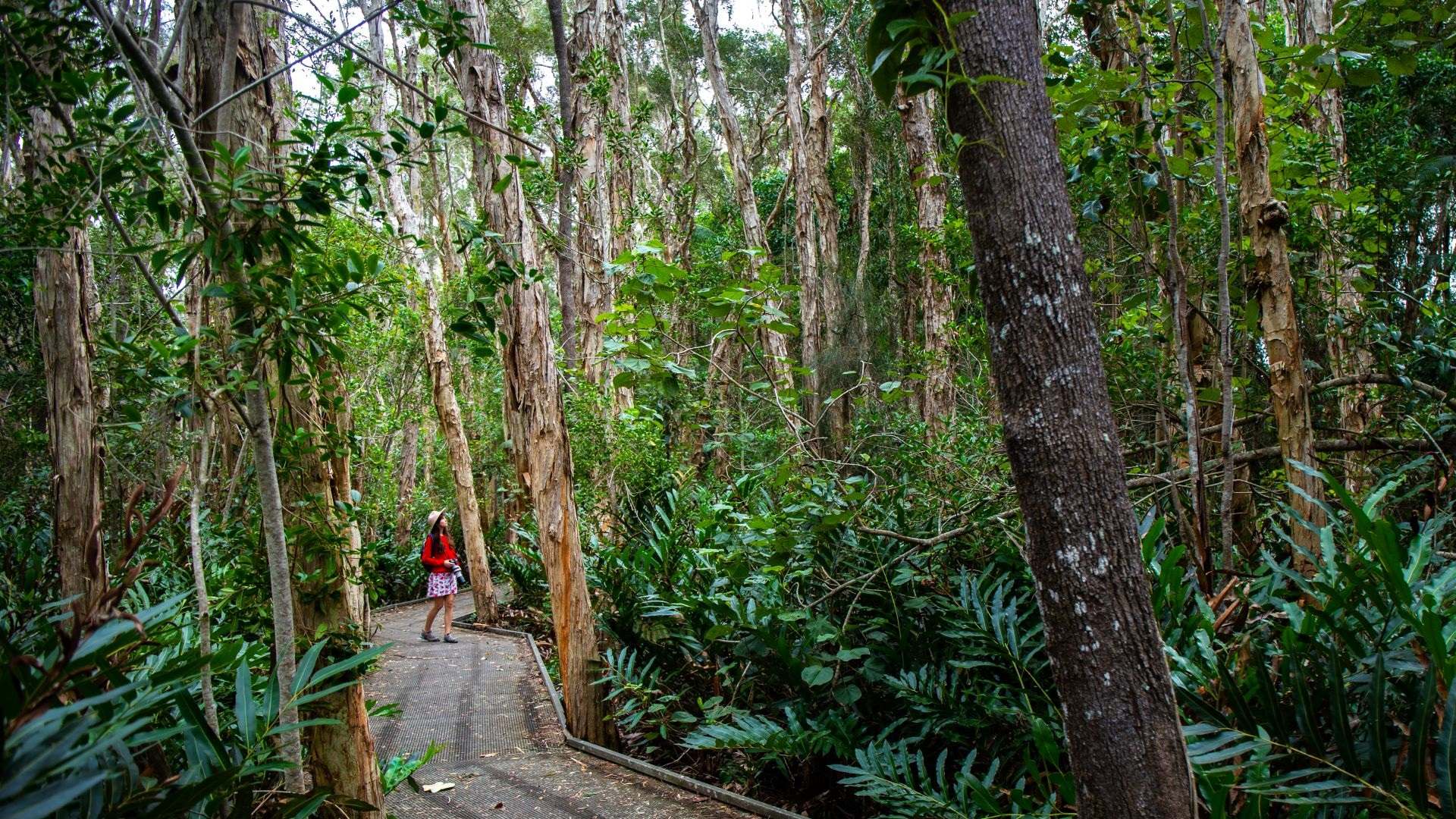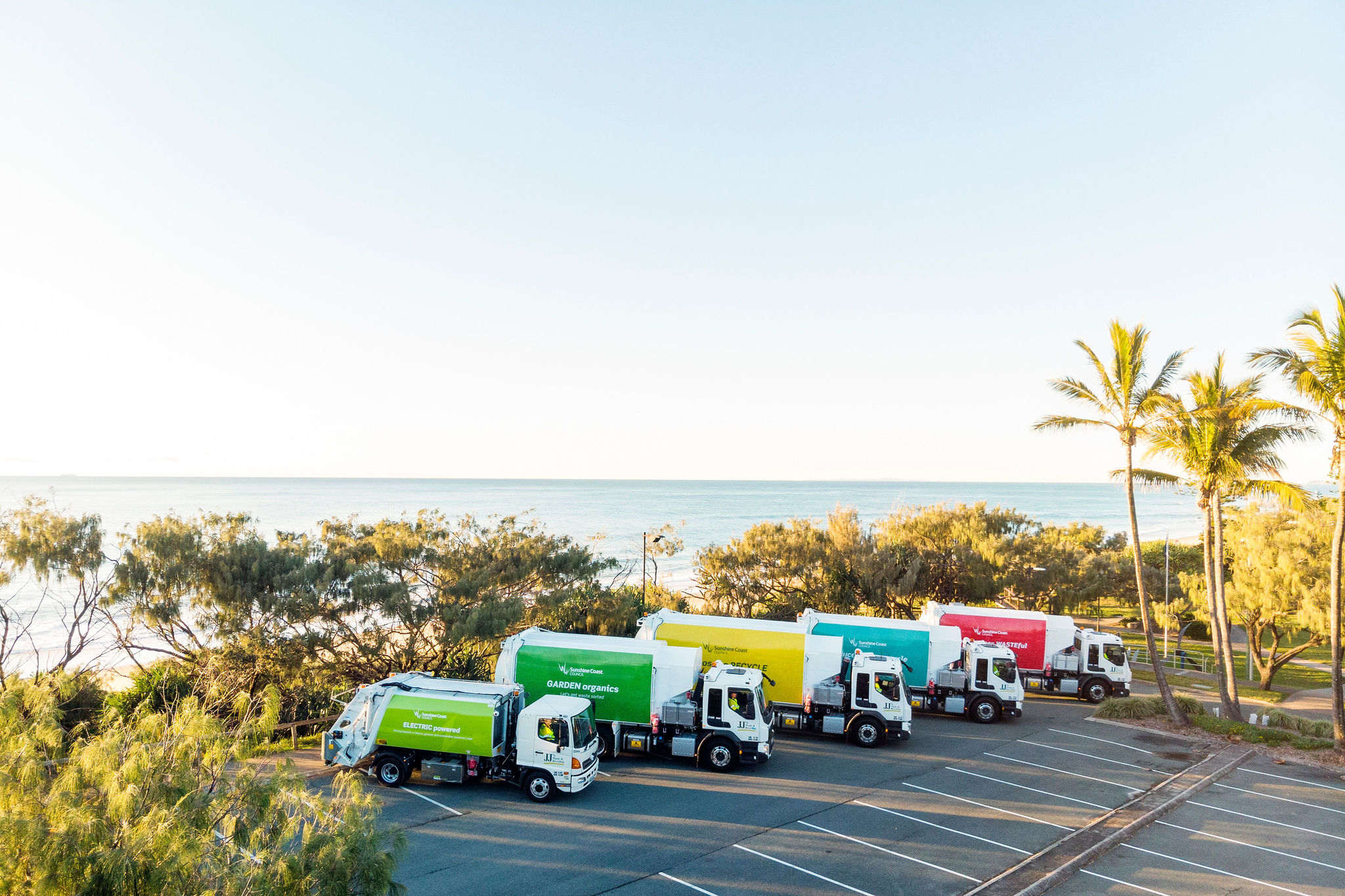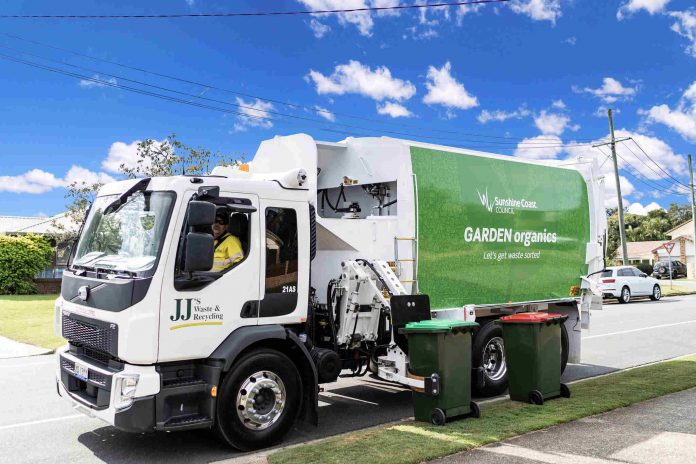Residents have been invited to have their say on two key plans designed to protect the environment.
Locals have been urged to provide feedback on Sunshine Coast Council’s Environment and Liveability Strategy by August 13 and also its Draft Waste Strategy by August 9.
The former provides long-term direction for guiding growth and shaping the future of the region to deliver a healthy environment and liveable Sunshine Coast to 2041.
Environment Portfolio Councillor Peter Cox said changing climate and affordability were examples of growing challenges since council first endorsed the strategy in 2017.
Residents had a say on the strategy in May, before a drafting was done on proposed updates, and now they have another chance to provide feedback.
“To make sure the strategy keeps pace with change, we asked residents what they viewed as the emerging issues or opportunities for the region, as well as priority actions for council,” Cr Cox said.
“Common themes we heard were protecting natural areas including our coastal environments, responding to climate change, managing our growing population while maintaining our amazing Sunshine Coast lifestyle and greening our neighbourhoods.”

Environment Portfolio Councillor Maria Suarez said the second phase of engagement would ask residents for feedback on proposed changes to strategic directions in the strategy.
“These proposed changes include steps like recognising the urgent action required around climate change, incorporating the UN Sustainable Development Goals and our designation as a UNESCO Biosphere Reserve, and further highlighting the importance of greener neighbourhoods, affordable living, accessibility and active transport,” she said.
Meanwhile, the council has also asked residents to have a say on its Draft Waste Strategy, which is focused on providing sustainable, well-planned infrastructure and services and considers how the region can adapt to the evolving waste industry and transition to a circular economy.
Cr Suarez said the draft strategy supported council’s goal to send zero waste to landfill by 2041.
“Imagine it’s 2041 and households now dispose of less than 200kg of rubbish each year – as opposed to 700kg in 2023 – and this is collected by a fleet of hydrogen-powered waste trucks with zero carbon emissions,” she said.
“In 2041, we are using state-of-the-art technology in our waste recovery and processing facilities to capture materials that were previously sent to landfill. This is being turned into resources and reused again and again – like food waste that can be converted into energy and compost and recovered plastics that can be repurposed into clothing or park benches.
“Resource recovery centres and landfills across the region are powerful economic hubs for composting, recycling and generating energy.
“And waste that cannot be reused or recycled is bulk hauled to a large-scale South-East Queensland waste-to-energy facility where it is processed to generate electricity that powers the region’s households and businesses.
“That’s council’s vision for the future of waste on the Sunshine Coast.”

Cr Suarez said the groundwork has been done.
“Under the 2015–25 strategy, council invested more than $100 million developing new and improved resource recovery facilities, establishing innovative waste management contracts, increasing landfill capacity, investigating a range of alternative waste treatment initiatives and engaging with our community,” she said.
“Council started the construction of a new high-tech material recovery facility to process kerbside recyclables; set up the Caloundra Renewable Energy Facility to capture gas from landfill and turn it into electricity; expanded garden organics kerbside collection service to more than 85,000 properties and collaborated with other South-East Queensland councils to develop the South East Queensland Waste Management Plan.”
Cr Suarez said there was more work to do.
“This (draft) strategy sets out our plan to get there,” she said
“Council will meet Commonwealth and state waste reduction targets by working together with industry and other governments, investing in infrastructure, moving to a food organics and gardens organics collection service, advancing the local circular economy and helping our community change their habits with more education.





